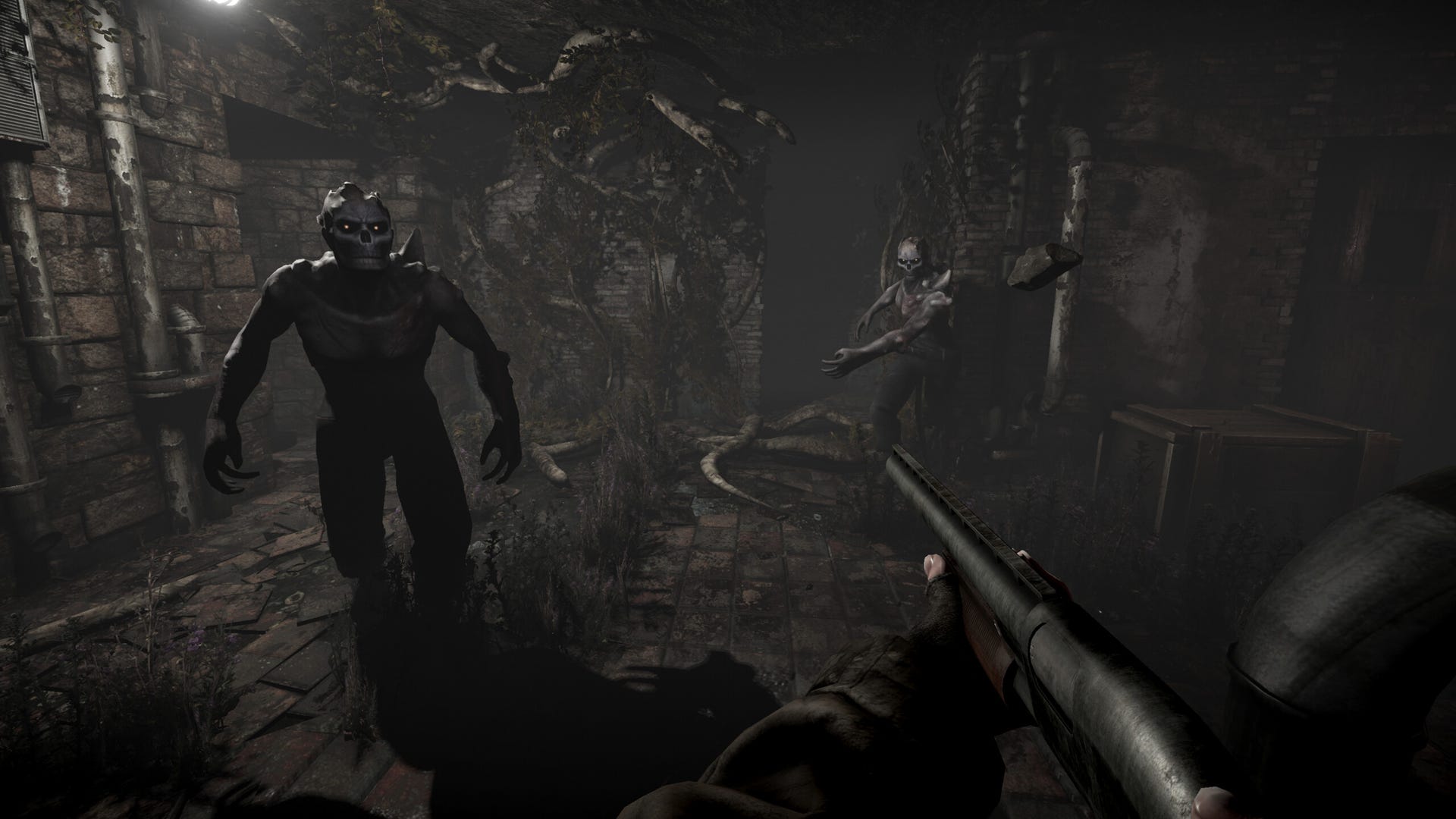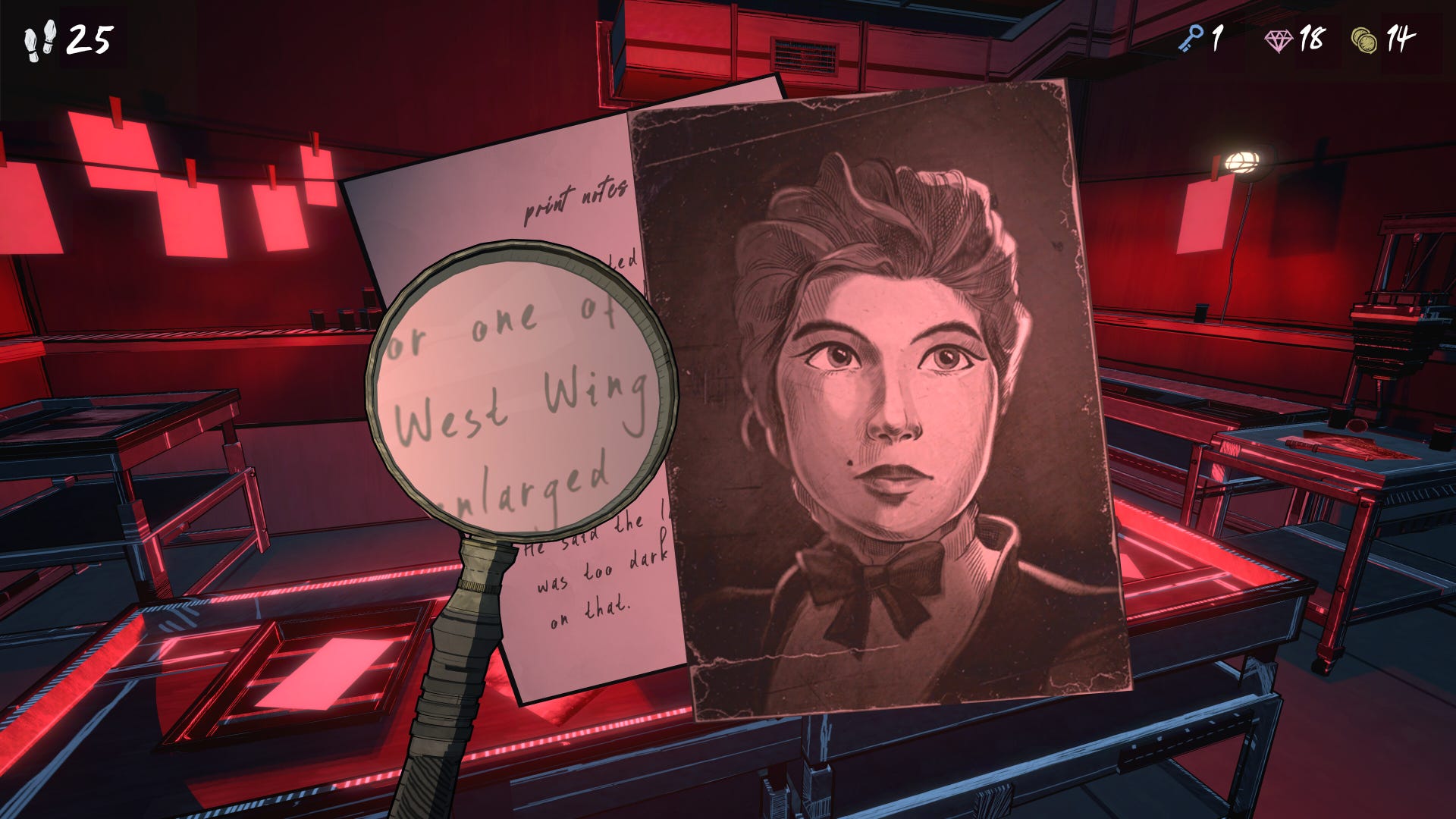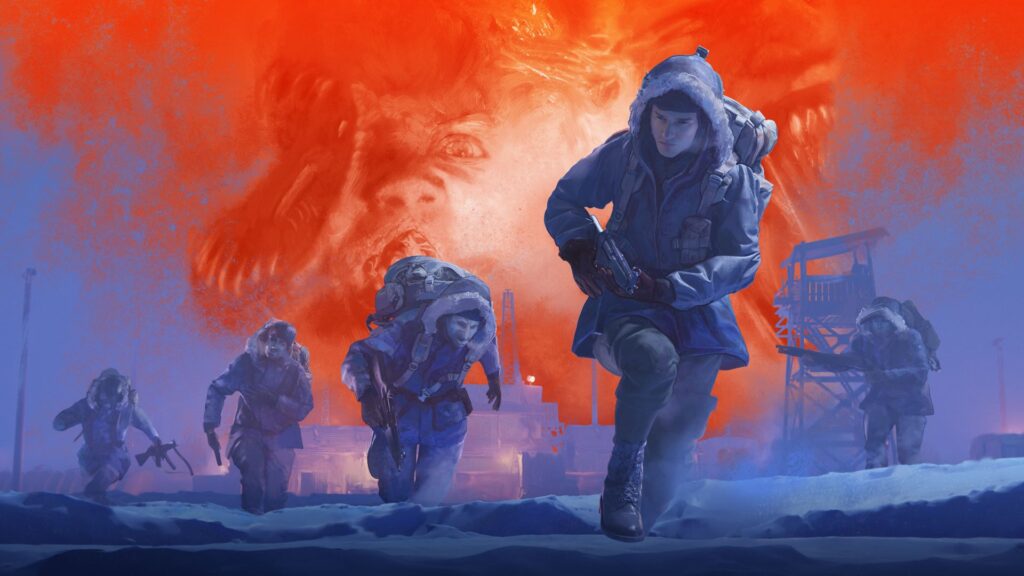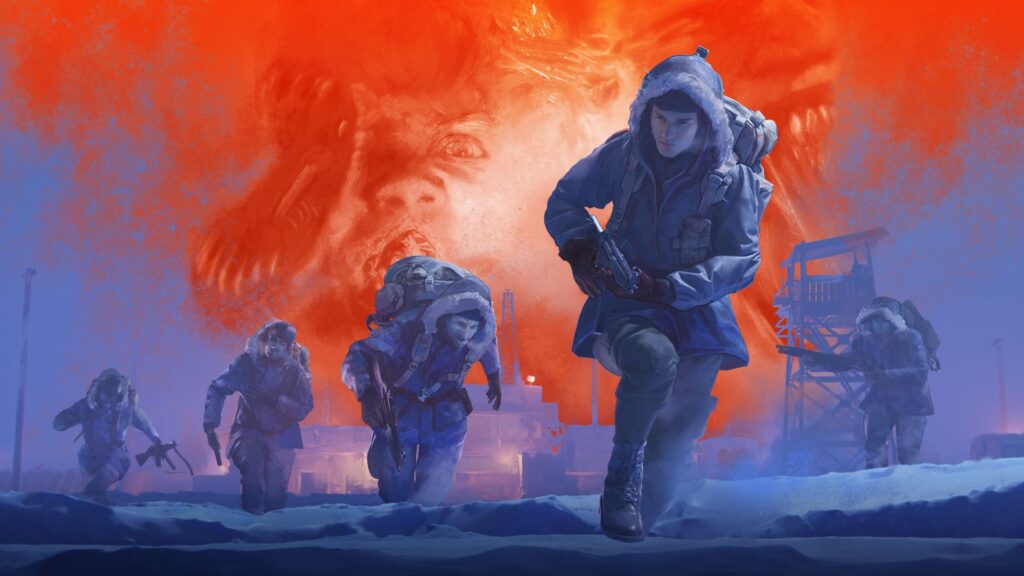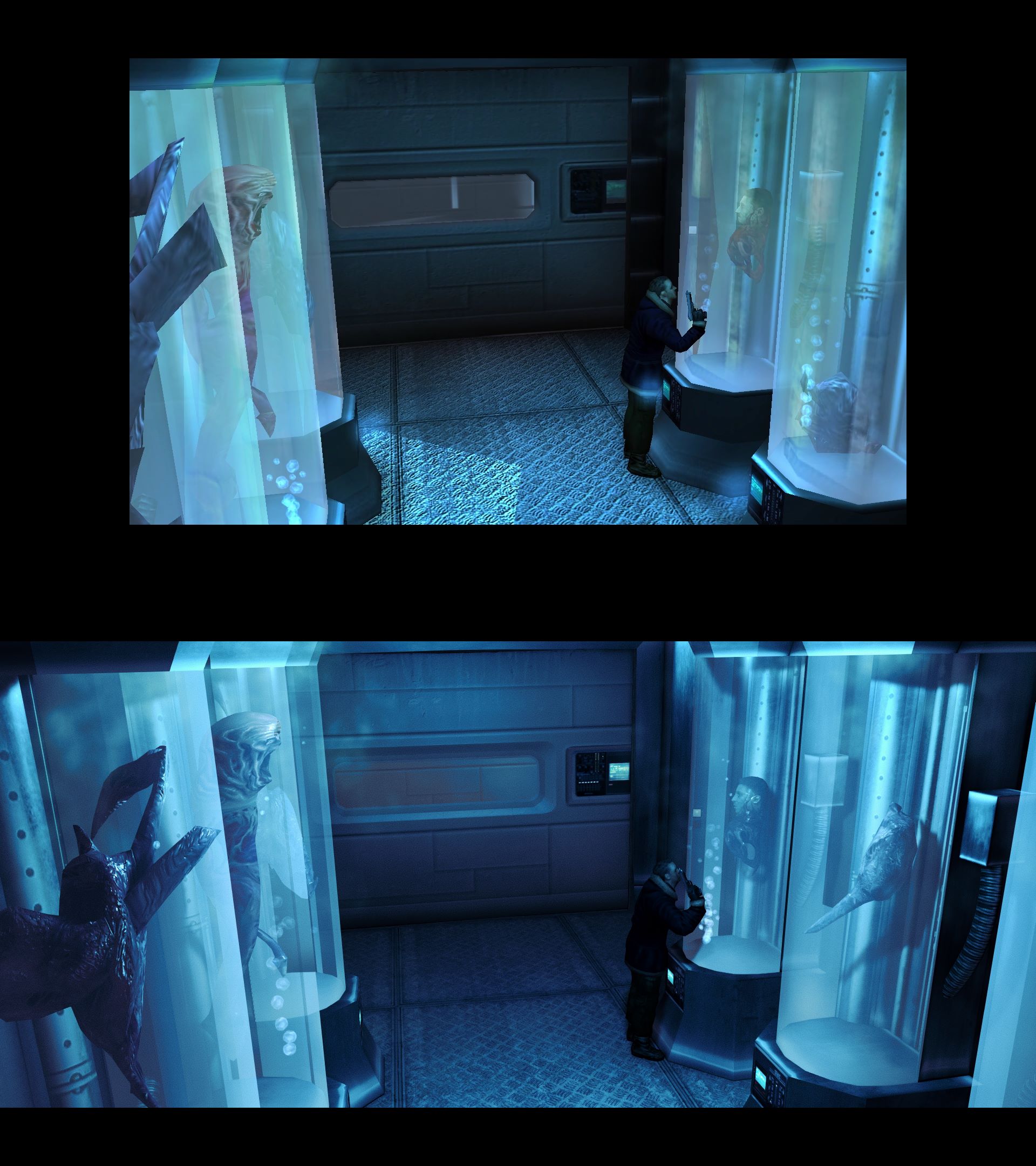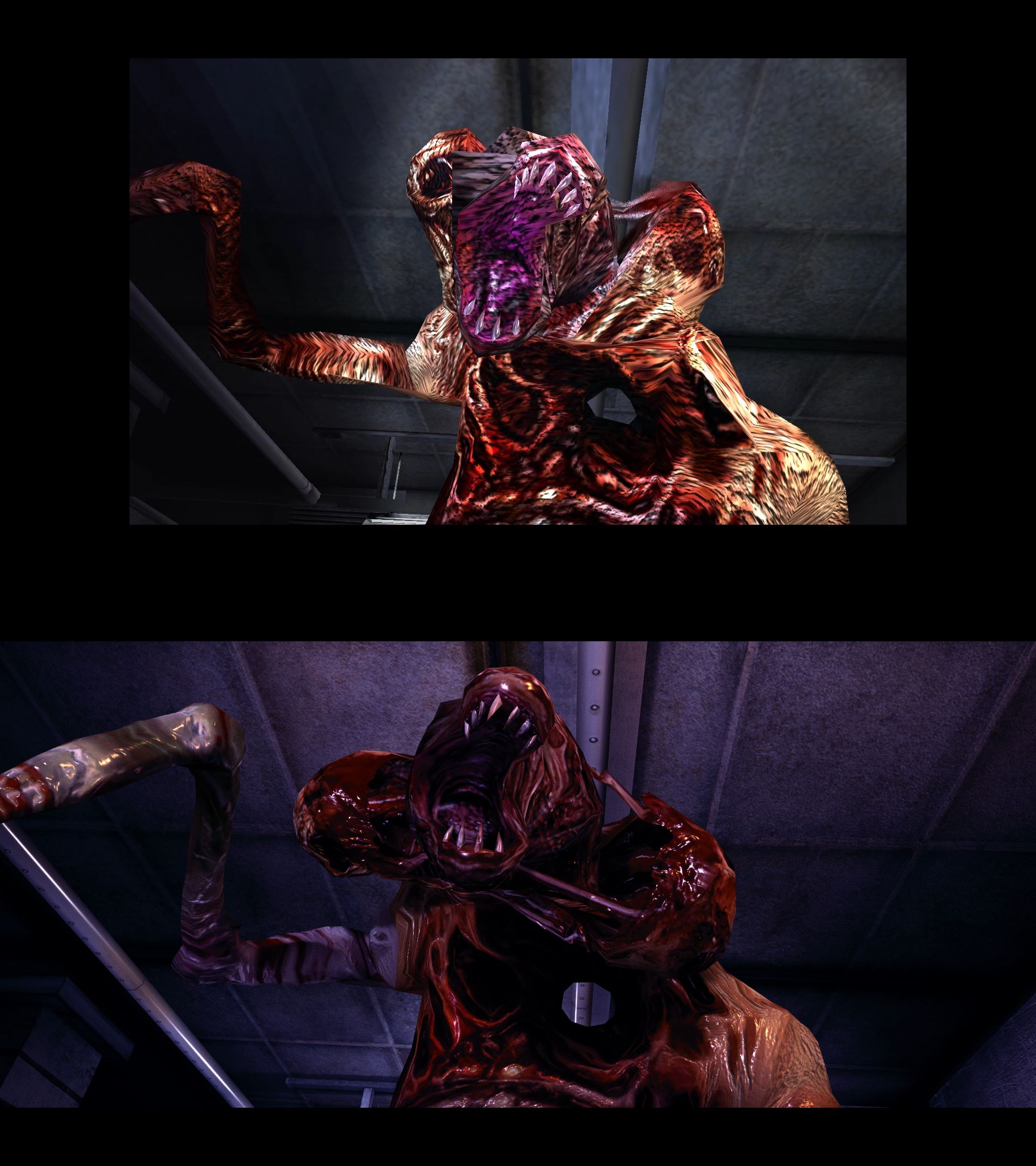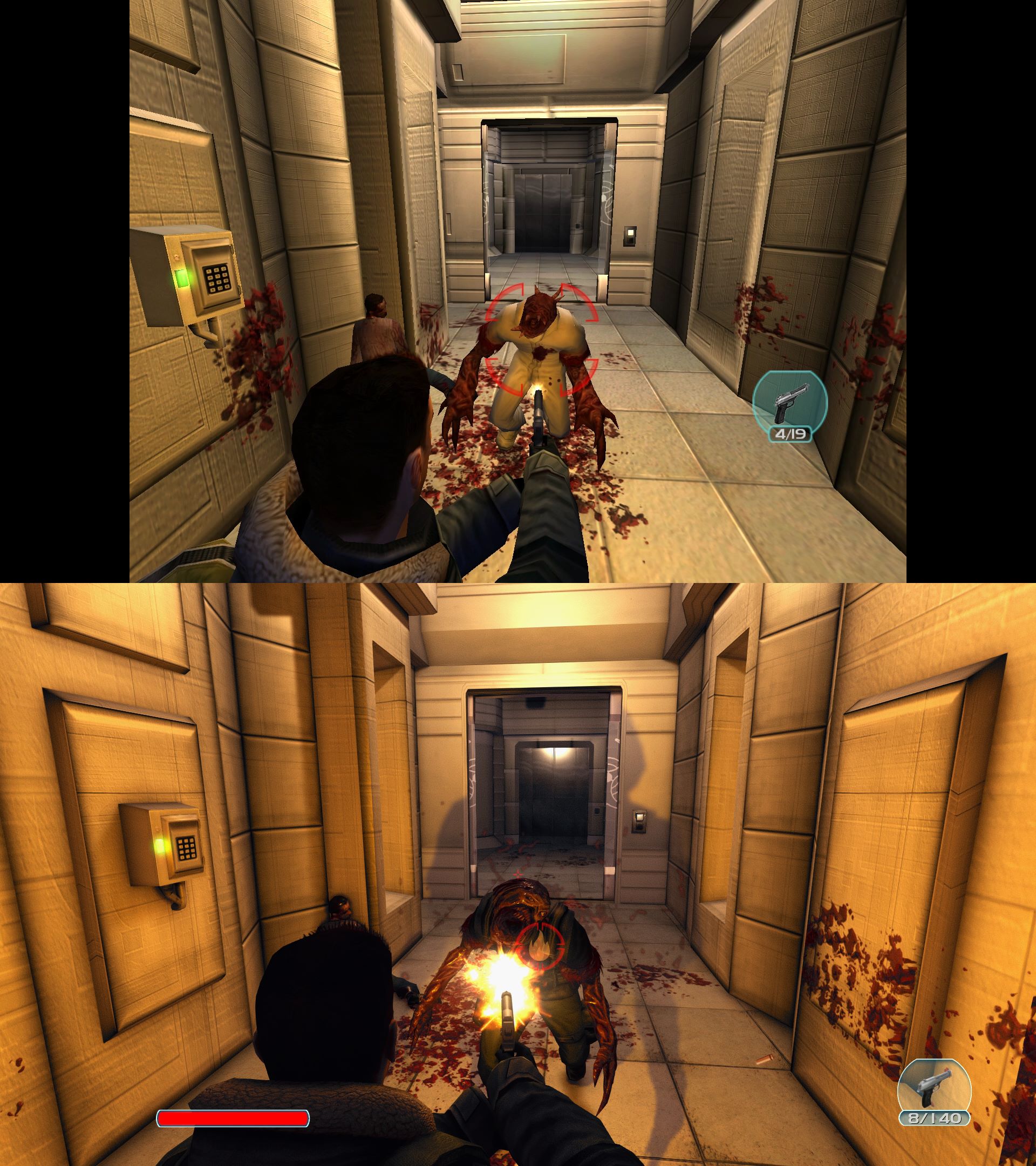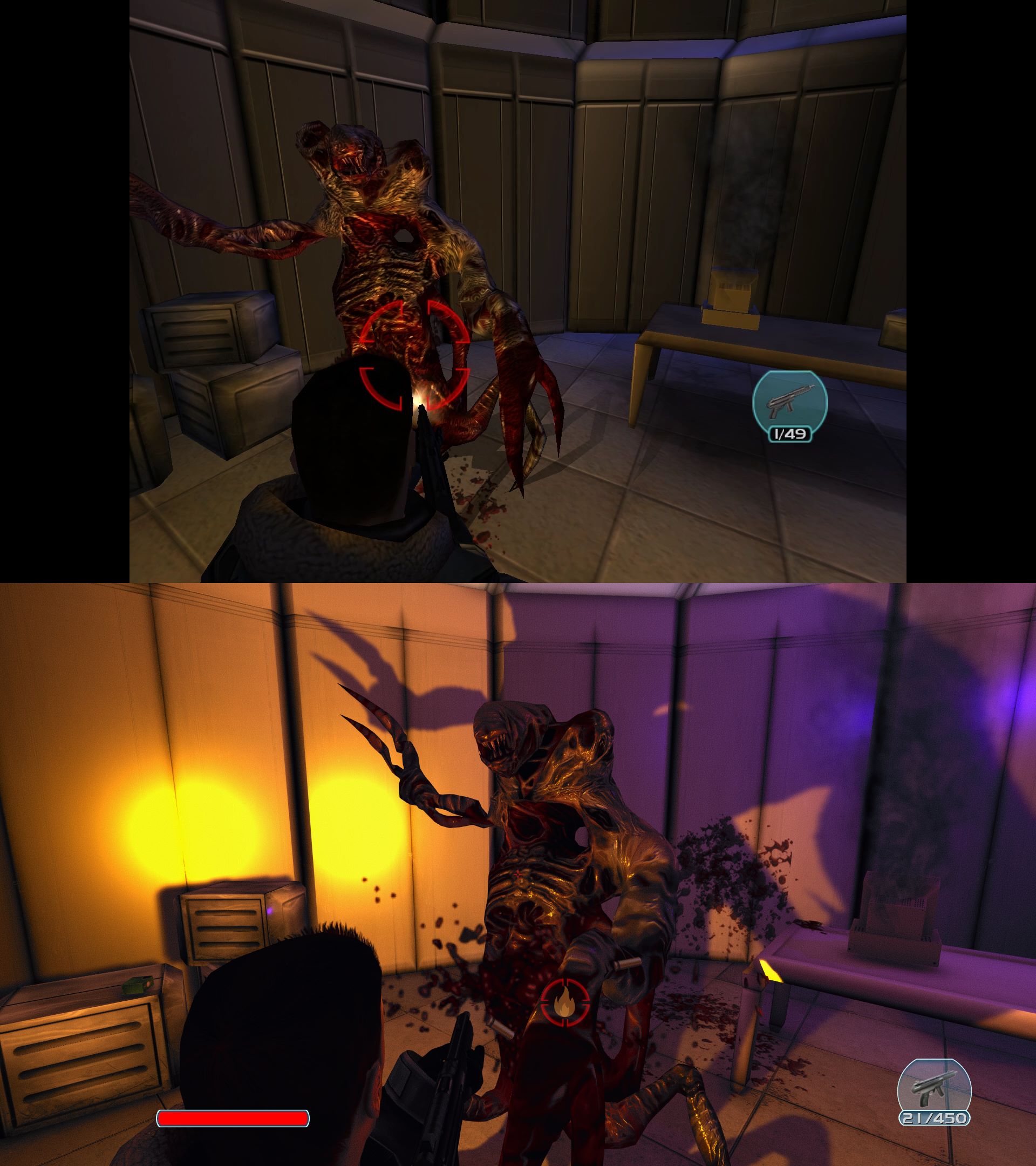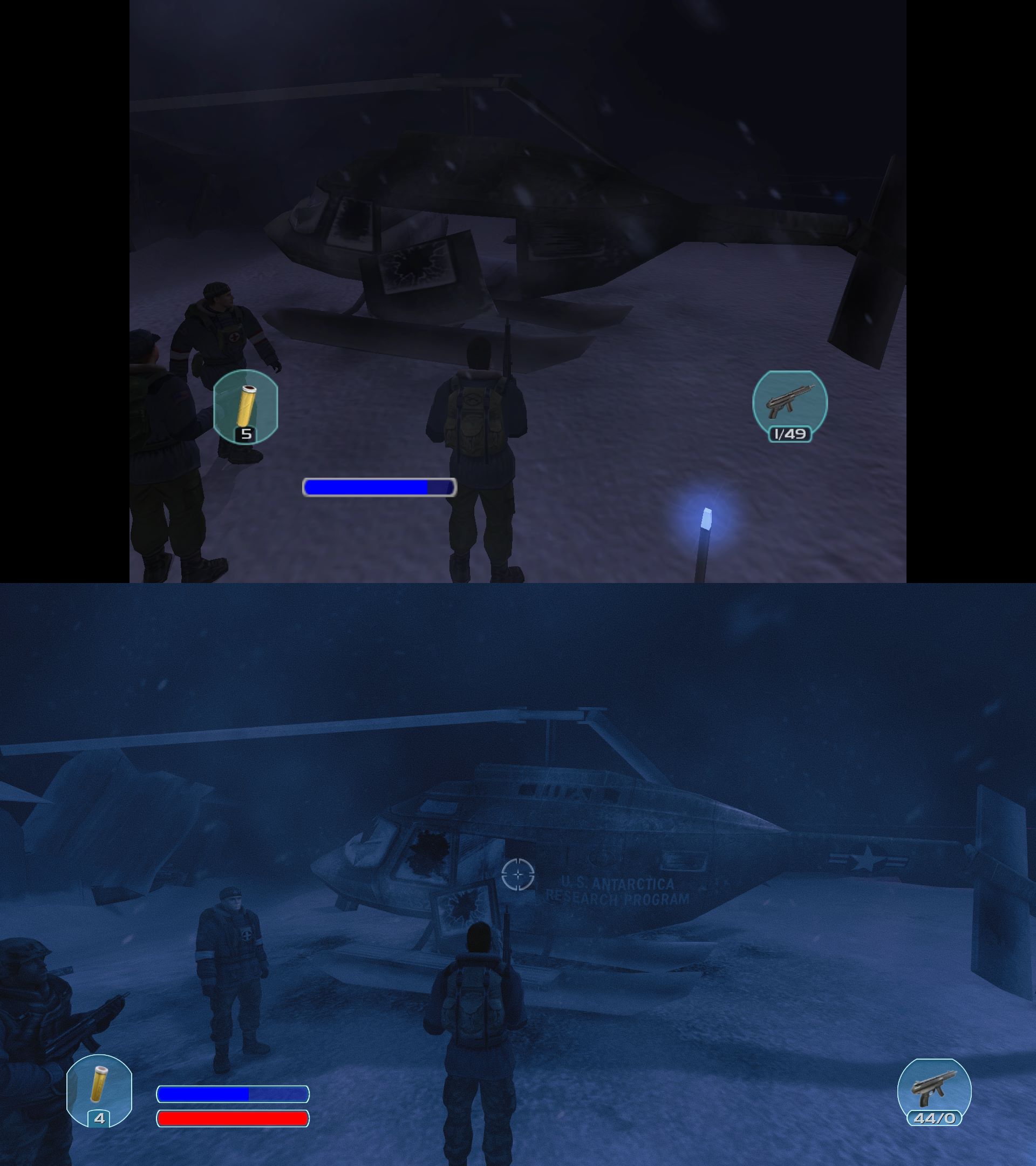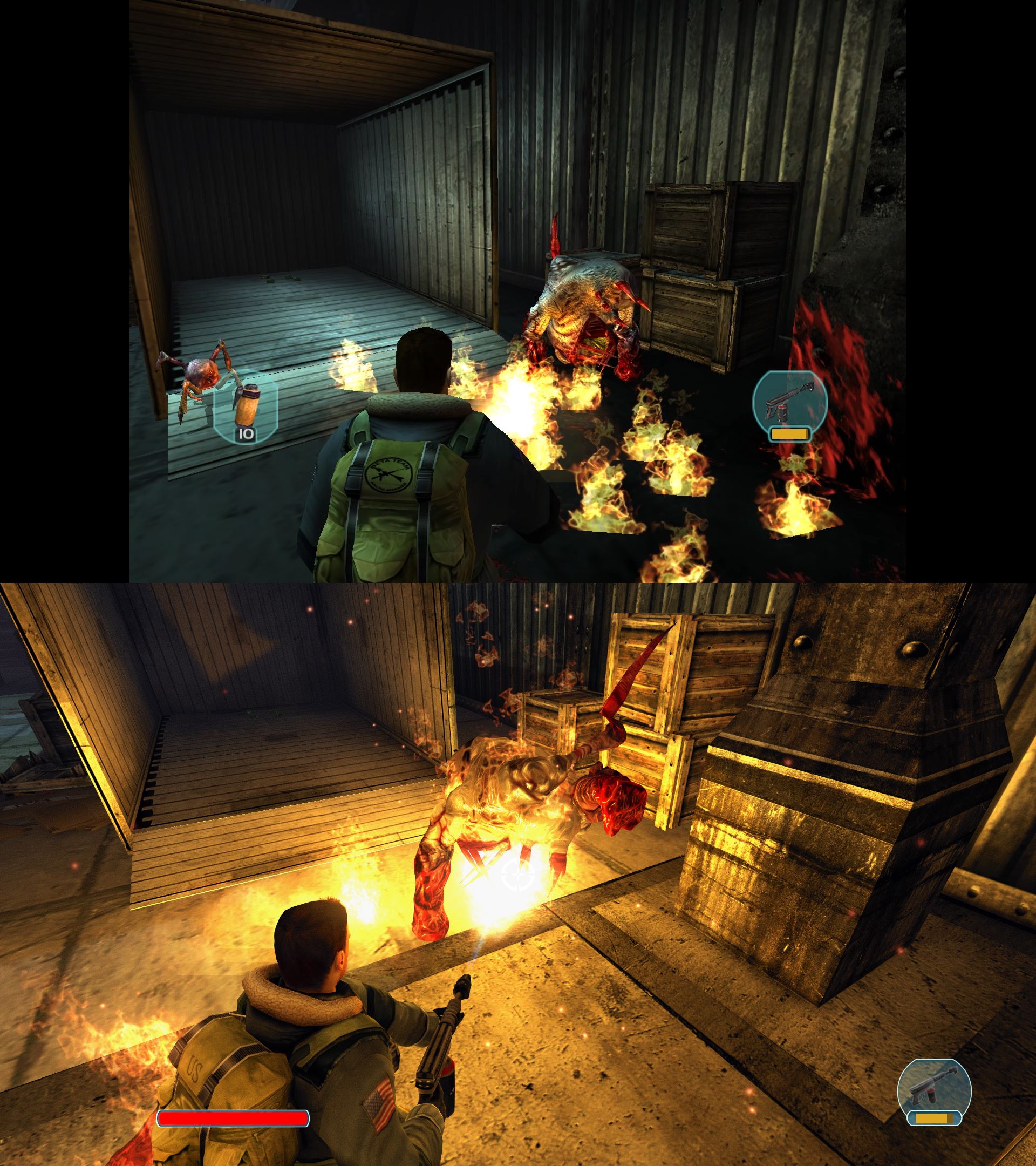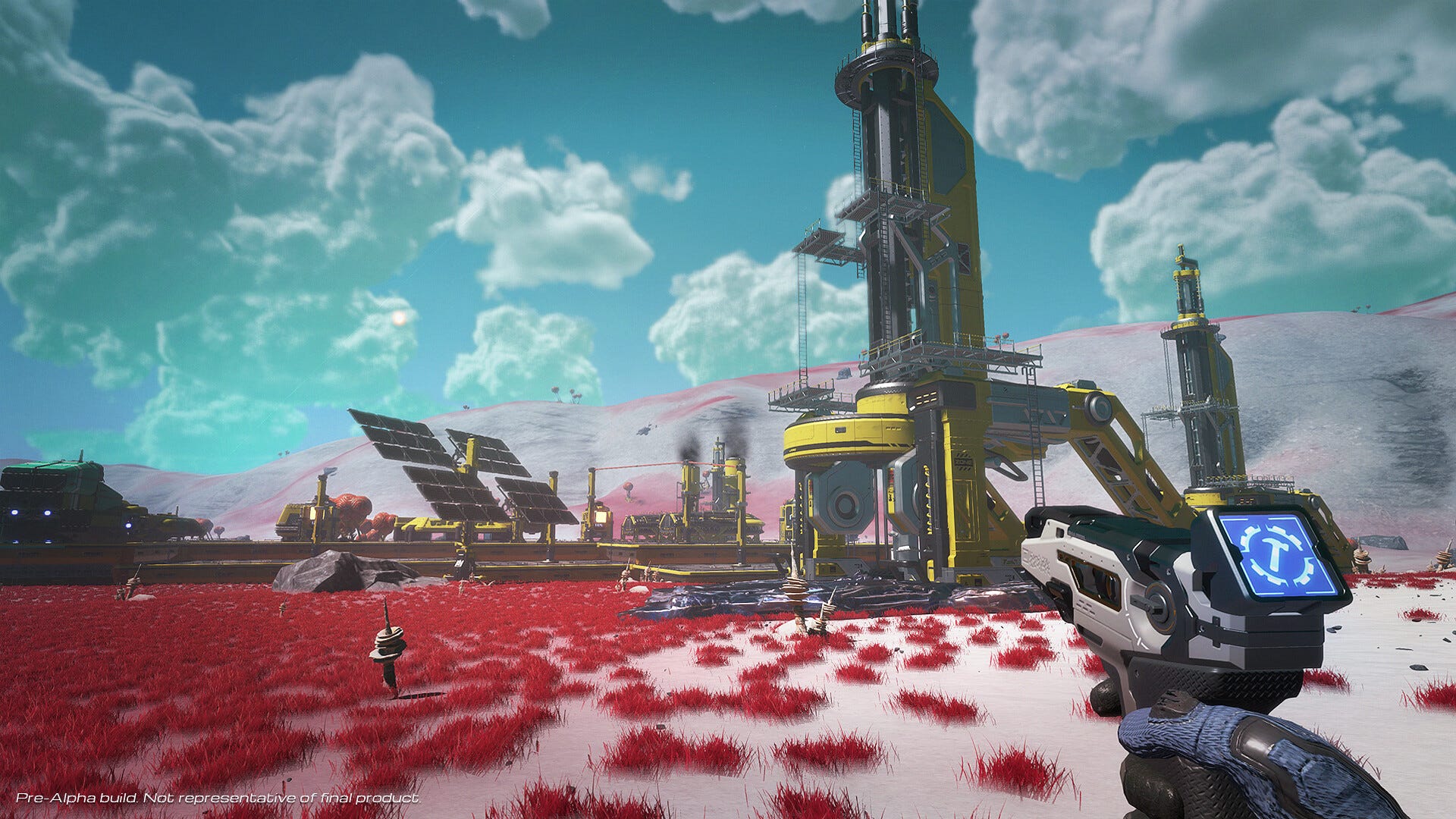I’m at a loss for how to start this review, because I’m not sure I even believe what Microsoft Flight Simulator 2024 actually is. An absolutely disastrous launch made it literally unplayable for the first 24 hours, and the next several days saw bugs and glitches popping up thanks to an unexpectedly high server load. And in spite of all that, now soaring through smooth skies after 58 hours of exploring the planet, working on building my career, taking photos of famous landmarks, and just messing around in free-flight, I sat back in my chair this week and said to myself “I can’t believe it… they did it again.” No one was there to hear me, but all the impressive new features and improvements that Microsoft has built upon its predecessor’s already masterful groundwork made it worth saying out loud just the same.
Graphically, Flight Simulator 2024 is a step-up in a lot of ways. Perhaps the most noticeable is the change in the seasons. Since I live in Maine, I tend to explore it in-sim more than most other places, just because it’s cool to see how one-to-one the digital twin is compared to the Earth we’re living on now. This makes me an expert on what Maine looks like, which isn’t a very desirable trait to have in most situations, but for this review, perhaps no one is more qualified. We’re in late autumn now, and the trees in both the sim and in real life are devoid of foliage, wooden skeletons sat on the rolling hills and small mountains of this Northeastern state. The pattern of greyish-brown is broken by populations of dark green evergreen trees, like spruce and pines. And that sparse hibernatory period is reflected perfectly in Flight Simulator 2024.
In fact, all the seasons and weather are. Want to enjoy the famous fall foliage of Vermont? Turn the weather and date settings to October to see the vibrant hues of autumn there. Turn it back a little more and the trees settle into a nice leafy green. Or, if you’d rather go back to the winter, you can adjust the snow depth – and just like with mud and tall grass, if you taxi your plane through the snow, it leaves tracks.
Hey, remember that total solar eclipse that happened over the United States last April? I was fortunate enough to live a couple hours away from the path of totality and witnessed it firsthand, but if you missed it, just set the date to April 8, 2024 and adjust the time to wherever the totality was at your location, and suddenly you can fly through that astronomical event yourself. I saw this tip going around online and I expected it would just get dark and then bright again, but nope: the sun became an ever-smaller sliver until it finally vanished behind the moon. The lighting even had a similar eeriness to the real thing. Just unbelievable, and I think I’m going to revisit it again from a jetliner flying at 35,000 feet.
These seasonal differences are most noticeable when you’re on or near to the ground. However, that’s also where the GPU puts in the most amount of work. On the ground, my Radeon RX 7900XT GPU is running at 99%, and turning the graphical settings down a notch only takes the load down to 95%. When you’re flying, and the requirements to render all those trees is smaller, the load on my GPU dropped down to 80%, which is still crazy high, but obviously a significant improvement. I’m hoping this is something developer Asobo Studio is working to optimize as the sim matures, because one of the biggest new features of Flight Simulator 2024 is the ability to land your aircraft anywhere, get out, and walk around. It’s a bummer this awesome new option places such a burden on your hardware.
Shadows and lighting have also been improved, something that’s most noticeable inside the cockpit. The light just hits in a way it didn’t before, with each knob and soft key casting its own shadow realistically. The imperfections and scratches in the windows of your aircraft react exactly how you’d expect them to, even to the point where they can obscure your vision if you’re flying with the sun in your eyes. It’s another unexpected touch that adds so much more realism.
Career Path
Flight Simulator 2024 has a few new modes, including on-foot photo challenges and time trial races with leaderboards, but the one I found the most compelling was the Career mode. Whereas I primarily used the power of imagination to add tasks to my free-flights in 2020’s Flight Simulator, in Career mode you have actual missions to complete once you unlock the requirements to do so.
Your career starts simply enough: you choose an airport as your home base, and from there you go through training to get your Private Pilot License, or PPL. The PPL training is, unfortunately, the exact same training from 2020, but in the new engine and with updated instruction voiceover. It’s a little disappointing to have gone through the same training I did before, but then again, I didn’t mind it as a refresher. And if you feel confident in your piloting skills, you don’t even need to go through the lessons as you can just jump right into the exam.
You earn credits by taking on jobs, and the types of jobs available are dependent on your experience level, reputation, and which certifications you’ve earned. For example, when you have your PPL, you’re limited to “first flights,” where you take a passenger or two on a quick trip around a specified flight path. You need to have a few of them under your belt to get the necessary “hours” of experience needed to move onto your Commercial Pilot License, or CPL.
Once you get that, the experience and earning potential dramatically opens up, and only continues to become more lucrative as you unlock specializations for your CPL, like Instrument Flight Rules (IFR) certification, tail-wheel endorsement, and turboprop engine rating, to name a few. Right off the bat, you can start taking on missions delivering aircraft from one airport to another, and some jobs, like Search and Rescue, won’t open up until you’ve earned quite a few hours in the air and a slew of certs and endorsements.
It all plays out like a normal, old-fashioned video game skill tree. For example, you can’t get your turboprop engine rating without your high performance endorsement, which you can’t get without your CPL. If you want to specialize, you can focus your efforts on one path in the tree, or you can fill them out in whatever way feels right to you. And there’s a completely separate tree for helicopters that largely plays out the same way, just with different requirements and, you know, helicopters instead of fixed-wing aircraft.
The exams are no joke: I failed my IFR exam the first time because I wasn’t giving it my all, but was able to swing it the second time. My final grade left something to be desired, but the gamer in me is glad to know I can revisit it at any time and try to improve. My one wish for retaking exams would be to make the introductory text skippable so I could just get right into the test and not have to listen to the NPC instructor give me the rundown on what I’m supposed to do.
Progress through career mode is slow. You don’t earn much as a new pilot, and you have to take on quite a lot of work before you have enough to do the later exams. It’s almost like grinding in an RPG, which, if you know me, is something I love doing anyway. And if you’re impatient, you can skip a lot of the parts of the mission. For example, you could jump from the ramp to the runway, take off, then skip directly to the final approach. To counteract this, there are bonuses for completing missions without skipping any of the parts and pieces – and if you’re wondering if I ever skipped a section, the answer is “no.” Bro, I go through the checklists from a cold and dark cockpit. I am here to simulate, not mess around.
Career mode was the first moment in my Flight Simulator 2024 experience where I said to myself “Okay, this rules, actually.” I mean, free flight is excellent, but I’ve been doing that since the last Flight Sim’s 2019 alpha. But Career mode? Requiring me to have a method to my madness? I love it. And eventually, once I’ve gotten enough experience, saved up enough Flight Sim Bucks, and earned the requisite certifications, I can start my own aviation business with my own fleet of aircraft. Needless to say, I find the prospect absolutely thrilling. But for now, I’m still grinding it out, delivering planes, taking skydivers to new heights, and becoming a better pilot with each successful landing.
Challenge League
Another one of Flight Simulator 2024’s new features is Challenge League, a competitive mode where you’re presented with a set of three challenges that are updated weekly. Launch week had a Grand Canyon rally race, a low-altitude F/A-18 challenge, and a landing challenge. I initially took on the Grand Canyon rally and really enjoyed it. I felt compelled to keep racing, to better my time, and to beat the next-best person on the leaderboard.
Challenge League is about as close to an “arcade” experience you’ll find in Flight Simulator 2024, and even though its all about fun, the flight model remains the same. In other words, the planes all act and fly exactly as they do in the wider sim. You’re completing fanciful challenges using meticulously simulated aircraft and conditions, so you can’t suddenly pretend like you’re playing Ace Combat.
While I did spend a fair amount of effort trying to better my time on the Grand Canyon rally, I wasn’t compelled enough to find this a stand-out mode overall. I’m going to revisit it each week and at least try one, perhaps two of the challenges out, but it’s not really why I play Flight Simulator. It’s a good inclusion for those who are interested, and the competitive part of me was riled up trying to climb the leaderboard, but it’s not going to be my go-to.
World Photographer is another challenge-type mode, but it’s much more low-key and shows off just how detailed Asobo was able to make the Earth’s digital twin. You’re tasked with taking photos of various landmarks around the world, and to get the best possible score, you need to fulfill certain requirements.
For example, the first mission in the World Landmarks collection requires you to meet three conditions: take a photo of the Great Sphinx in Cairo on the September equinox with the sun setting over its right shoulder. Oh, and you need to capture that photo while on foot. To accomplish this mission, I picked an ultralight as my aircraft and landed in the empty area just south of the Great Pyramid complex. Then I hopped out and walked to a spot where I could fulfill all the requirements. The default aircraft is a helicopter, but since I turned off all the assists, I am still completely unable to land a helicopter without it falling apart, and I’m too stubborn to turn them back on, but using one would have allowed me to get even closer.
Graphically, it is pretty impressive. The sand looks exactly how you’d imagine it to look, with rocks and desert shrubs scattered about. That said, the renderings of the structures themselves vary widely. The pyramids and the Sphinx looked, appropriately enough, almost photorealistic. But the other ruins around them looked like they were from GoldenEye in some spots. To be fair, I did this mission pretty early on, when the streaming servers were still slammed, so that might have been a part of it. Regardless, I didn’t find it too distracting and actually thought it was really cool to be able to visit a place like this on foot.
The biggest problem I have with World Photography mode, and walking around in the sim-world in general, is that it simulates a real-world walking speed. If you’re used to first-person shooters, walking around at an actual, human pace inside a video game is painfully slow. I landed as close to the Sphinx as I could and it was still a long walk. This is one area where I wouldn’t mind an option to just toggle the realism off.
There are literally hundreds of different World Photography challenges, and I’ve only just scratched the surface. Since I’ve always loved the “sightseeing” aspects of Flight Simulator, this is a mode I will definitely be returning to time and time again. Being able to walk around changes it up quite a bit from the old photography challenges, and the addition of seasonal foliage and improved models also improves it greatly. I didn’t care for the challenges in 2020, but this edition, I’m actually pretty fired up about them.
Flight Planner
Probably the most incredible, interesting, and ultimately nerdy addition to Flight Simulator 2024 is the Flight Planner. It’s a web-based tool that does an excellent job of replicating the flight planning software and resources actual pilots use while planning their real-world flights. The concept itself isn’t new: there have been apps doing this for Flight Simulator for a while. But this one is free and completely integrated with Microsoft Flight Simulator 2024, developed by one of Asobo’s partners, Working Title.
Since it’s web-based rather than an iOS or Android app, you can fiddle with it on any device with a web browser. And friends, I have done just that. Logging into the site, there’s no fluff or extra welcome screens to get in the way. It’s essentially the same Electronic Flight Bag, or EFB, that’s already in-game, but you can use it anywhere and at any time and with even more features. It’s not without a few annoyances: the altitude always defaults to 35,000 feet regardless of which plane I’m planning to fly, and fuel doesn’t seem to load in properly.
However, I have to come clean here, as I’m not sure if this is my fault or just a bug that hasn’t yet been ironed out. This flight planner is so gigantic, so complex, and so full-featured that I’m not even sure what every option actually does. But while I can easily make and then upload a flight plan, it’s all the other features I don’t understand yet that excite me the most. I found myself happily Googling flight charts and 100 other things because I wanted to learn it all. I suddenly I find myself with an excuse to learn all this complex technical piloting stuff real pilots need to know before they can take to the skies.
I did find the process of loading the flight plan into my EFB in the simulator a bit frustrating at first, but I eventually sussed it out and immediately wrote a guide on how to do it, so you don’t need to suffer like I did. And holy cow – when I finally got everything sorted, I loaded the plan I’d made on my iPad into Flight Simulator 2024, sent the route to air traffic control, then sent it to my virtual plane’s avionics, and boom. My route was all there, ready for me to use to navigate either manually or in my plane’s autopilot system. That frees me up to tinker around and learn the ins and outs of flight planning and reading charts anytime I feel like on any device, but then also makes what’s already the most realistic simulation out there feel that much more real once I jump back in. I am a complete sucker for this kind of thing, and it doesn’t feel like a gimmick. It feels essential to the experience. It’s thrilling to me and takes my Dad Energy to new heights.
And there are finally airport charts you can use now, just like in real life! Gone are the days of 2020, when I’d land at an airport and just have the AI copilot take me to the gate. Now I can open up the kneeboard in Flight Planner and view the charts and facility maps as I would were I actually there. This is exactly the type of granular simulation stuff my body craves. And while it unfortunately doesn’t have a lesson plan to follow or any sort of tutorials, if you’re like me, you’re already Googling the difference between VOR DME and VOR DTAC (VOR DTAC is the military equivalent of VOR DME, obviously).

